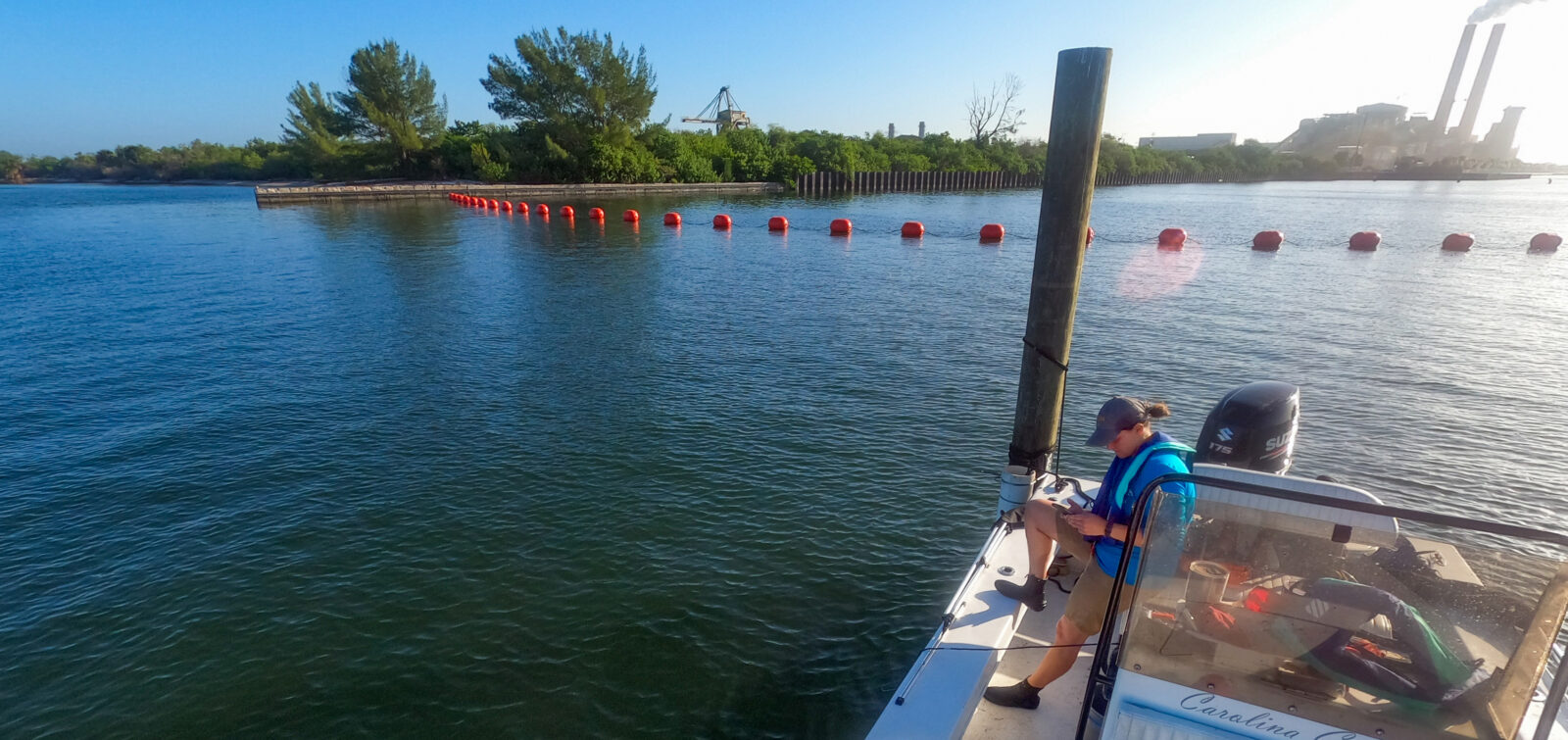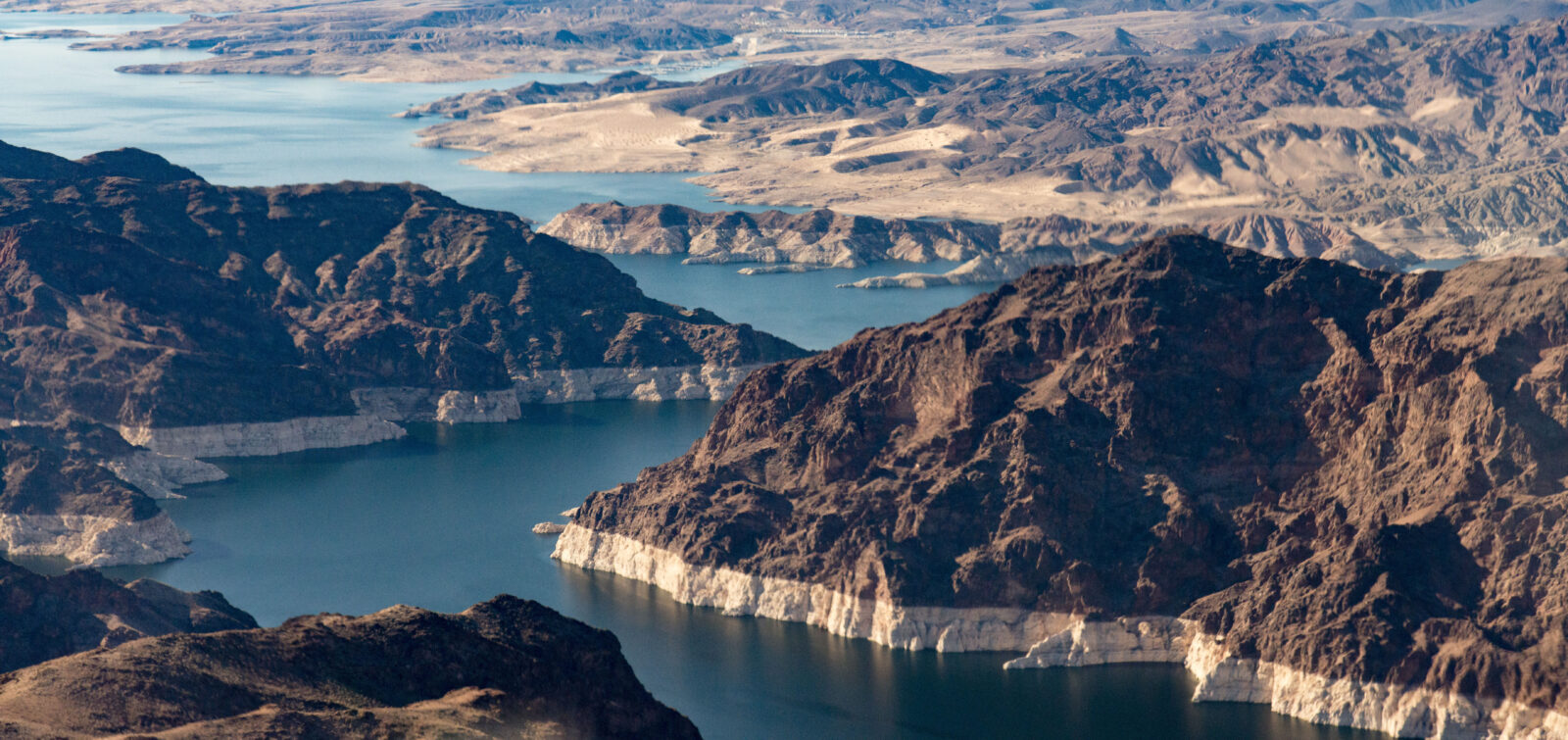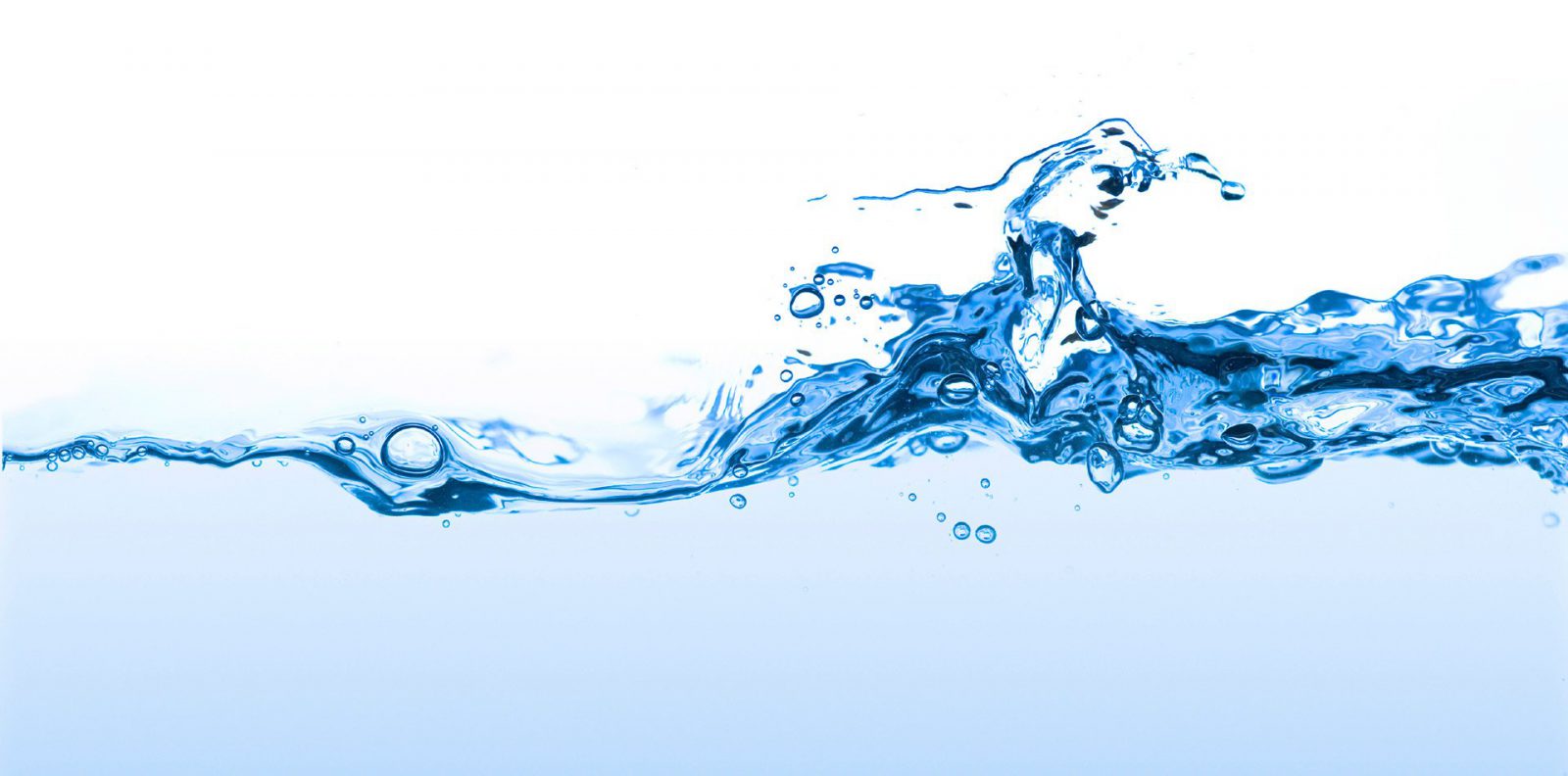Across the globe, coastal zone management efforts have concluded that restoring fish populations often requires acting on land-based human activities. With a few notable exceptions, most commercially and recreationally important species of fish, crabs, and shrimp spend at least a portion of their lives in estuarine locations, where waters from the open ocean mix with runoff from land.
Many of these species depend at some point in their life on habitats that themselves require adequate water quality, such as underwater seagrass meadows, kelp forests, and even unvegetated bottom features. Most of these habitats require the water to be clear enough to allow sunlight to penetrate to depths where underwater plants can establish themselves in waters calm enough that they are not dislodged by tidal action or storm events.
Water clarity can be impacted by sediment-rich runoff, but also by excessive growth of phytoplankton. These microscopic floating plants respond to nutrients such as nitrogen and phosphorus like a lawn after it has been fertilized—it grows faster when nutrients are applied. In locations such as the Chesapeake Bay, Australia, and Denmark, the identification of locally derived resource-based water quality targets led to management actions designed to reduce the most critical pollutants. These actions in turn allowed for widespread ecosystem recovery; for instance, the Chesapeake Bay has more seagrass meadows than it had 40 years ago due to increased water clarity, which itself is linked to decreased phytoplankton levels brought about by putting the bay on a nutrient diet.
System Recovery Research
In partnership with the Tampa Bay Estuary Program, Sarasota Bay Estuary Program, Charlotte Harbor Estuary Program, and Pinellas County, ESA has published a research paper documenting exciting and promising news!
Their findings show a 40-square-mile increase in seagrass meadows over the past 30 years in Southwest Florida, in response to implementing nutrient load reductions in that region from Tarpon Springs south to Boca Grande.
Tampa Bay’s nitrogen loads have been reduced by approximately 50 percent from the late 1970s, and the bay now has 70 percent more seagrass than 30 years ago.
In Sarasota Bay, nitrogen loads are down by half from the late 1980s, and the bay now has more seagrass meadows than in the late 1940s. Click here to read more.
Improvements in water clarity not only increase seagrass meadows, but they also bring about additional benefits to ecosystem health. Based on research carried out by ESA, the seagrass meadows in Tampa Bay sequester carbon in an amount that equals the carbon footprint of approximately 30,000 cars, for example. In addition, by using CO2 in the water column, the uptick in these underwater meadows seems to be responsible for an increase in pH in recent years. In fact, Tampa Bay is not experiencing the impacts of ocean acidification—its waters are moving in the opposite direction. The increased pH in recent years is thought to be helpful to local shellfish populations, so that their shells don’t dissolve as they do in acidifying waterbodies.
In Sarasota Bay, the initial documentation of a 700-acre increase in seagrass between 1988 and 1994 was determined to be sufficient to allow 13 million more fish to live in the bay. As of 2018, the increase in seagrass meadows has risen from 700 acres up to 4,288 additional acres, or six times the amount of habitat increase that brought about the original estimate of 13 million more fish in the bay. This is the change we want to see in our waterways.







